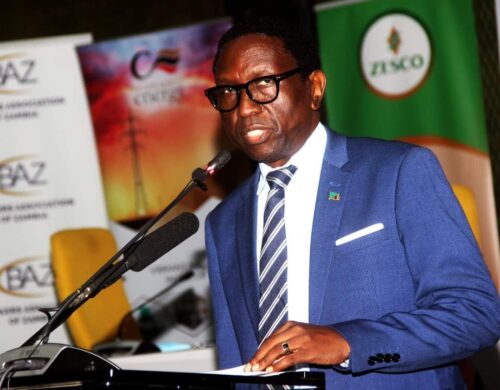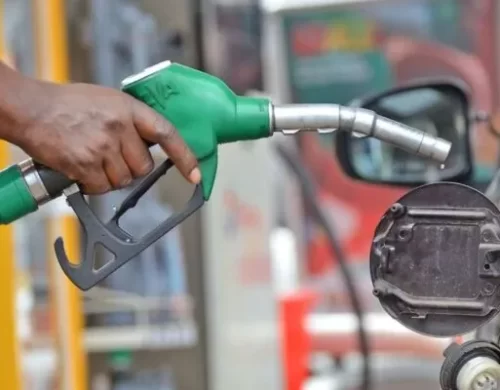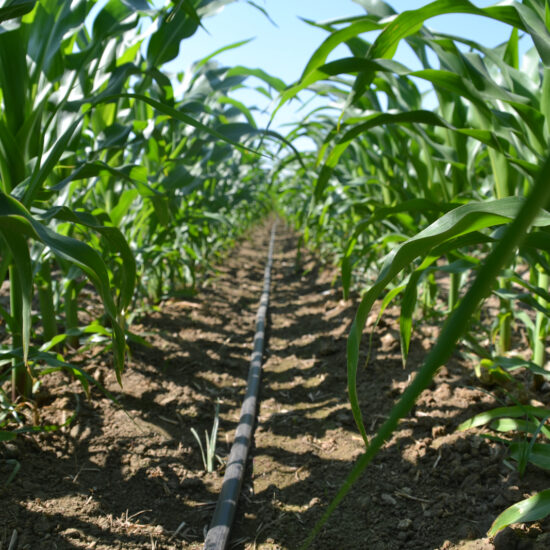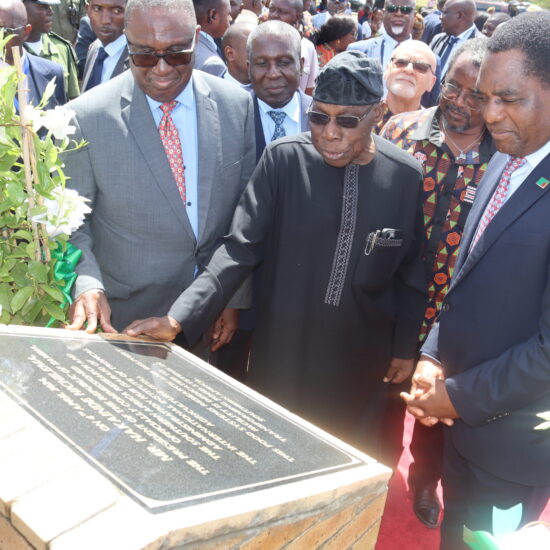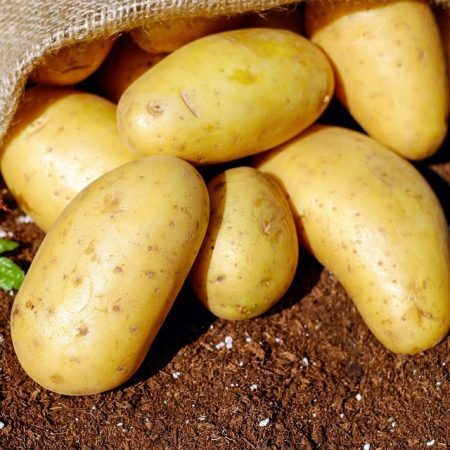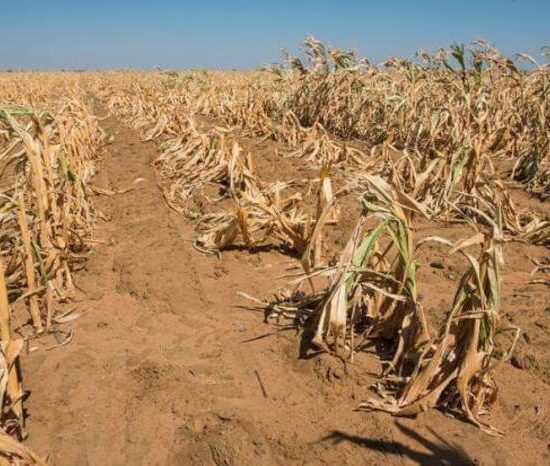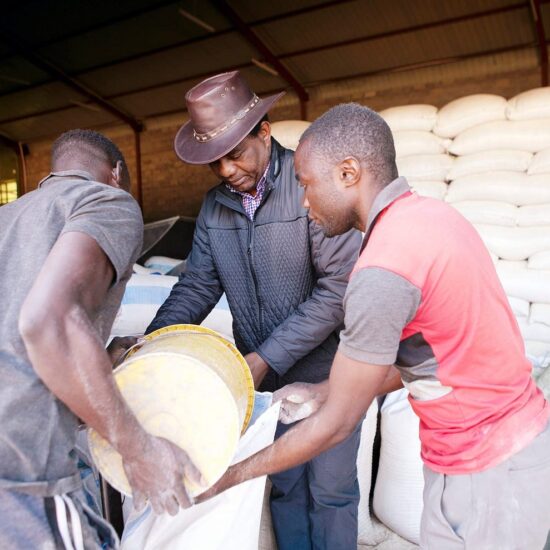
The Tobacco Board of Zambia (TBZ) has revealed that there are currently limited sources of tobacco seeds in Zambia which is one of the limiting factors to farmers intending to engage in tobacco farming.
Speaking in an exclusive interview with the Zambian Business Times – ZBT, TBZ Acting executive director Tyndale Kasongole said that tobacco seeds are made available to farmers by tobacco sponsors which is a limiting factor to self-contracted growers in that they fail to find the seed on the market.
Kasongole however noted that there is a need for the government to make the tobacco seed outlets available to all farmers of which TBZ is engaging into memorandums of understandings (MOU’s) with regional international research stations aimed at making the Tobacco seeds available on the Zambian market.
He said that there is also need for government to push for tobacco to be part of the comprehensive agriculture transformation support program ( CATSP) adding that the costs of tobacco fertilizers on the market is currently very high.
“Government through TBZ need to make the outlets for tobacco seeds available to the farmers because there are limited sources of tobacco seeds in Zambia and this is mostly done by the sponsors of tobacco. They are the ones that provide the seeds to the growers. So, to some extent that limits the self-contracted growers in that they fail to find the seed on the market. So as TBZ, we are actually engaging into MOU’s with regional international research stations try and find means of how we can get seeds into the country. That is one of the limiting factors to farmers engaging into tobacco production. The market aspect is also something we are also working on as TBZ in liaison with the industry stakeholders and government so that we increase the number of buyers on the market. If you have got more buyers, it means that more farmers will be able to produce and more and the crop will be able to be sold easily. There is a lot we are doing and recently we launched our strategic plan of which one of the objectives in the next 5 years is wooing more buyers on the market. We need to engage government to government kind of arrangement to bring more buyers on the market,” he said.
“Factors needed for Zambia to double its Tobacco output are a lot apart from fertilizer. Fertilizer is just one of them. To double the production of tobacco in terms of inputs, what Zambia should do basically is to have some form of subsidies especially on the price of fertilizers. The costs of fertilizers right now are very high on the market. If you check on some of the suppliers of tobacco fertilizers, fertilizer is costing as high as k1500 or k500 per bag and let’s say you need 10 of them, like for tobacco that means that you need about k15, 000 for one hector. So there is need for government to intervene to try and maybe push tobacco to be part of the comprehensive agriculture transformation support program so that there is some form of subsidized price of fertilizers. Apart from that, there is need to explore other avenues of sourcing fertilizer financing. Most of tobacco farmers are under contracts and these contractors are the ones that provide fertilizers which come with some form of interest,” said Kasongole.
Kasongole said that companies currently supplying tobacco fertilizers to farmers includes companies such as Omnia fertilizers which is one of the biggest suppliers of fertilizers, FSG fertilizers, and Zambian fertilizers.
He revealed that Tobacco Farmers in Zambia use over 15,000 tons of fertilizer per annum and that the specific Nitrogen, phosphorus and potassium (NPK) requirements needed for Tobacco fertilizers in Zambia is 10% nitrogen, 24% phosphorus, 10% potassium and 27% nitrogen content for CAN fertilizer.
“Yes Tobacco Farmers in Zambia also use the NPK fertilizer that was exported to Tanzania. The difference is in the NPK, so for tobacco we have 3 types of fertilizers that we use. There is compound S which is for the nursery which has a lot of Sulphur, compound B which is used as basal fertilizer and CAN that is used as the top dressing.
So most of the farmers are accessing fertilizers through Omnia fertilizers which is one of the biggest suppliers of fertilizers not just for tobacco but even other types of crops, FSG fertilizers, and Zambian fertilizers. One hector of tobacco requires 2 dressings’ and 10 basal dressing bags of fertilizer which equates to 12 bags per hector, multiplying that by 50kgs and the number of hectors grown like for last year, the total number of hectors was at 21, 000 hectors of tobacco was planted by 21,000 growers, so multiplying that by 50kgs, we are talking about 12,000,600 (twelve million, six hundred) tones divided by 1000 tones per kg, which is almost 12,600 tons. So we can just say tobacco farmers use 15, 000 tons of fertilizer in a production season,” he said.
“So the specific NPK requirements needed for Tobacco fertilizers in Zambia for nitrogen is 10%, for phosphorus its 24% and 10% for potassium. For top dressing which is CAN, that one just has nitrogen content which is 27%. So that’s what differentiates fertilizers for tobacco from other crops so you find that other crops don’t need that much of nitrogen. What differentiates fertilizers for different types of crops is the amount of Nitrogen, phosphorus and potassium. Those are the key elements for the growth of any crop but they differ depending on the need for the crop. In tobacco, what we want is a crop that has more nicotine and if it has more nicotine and sugar content, it means that there should be a lot of nitrogen unlike other crops like maize were we look for a cob so, the nitrogen, phosphorus and potassium content will differ,” said Kasongole.
